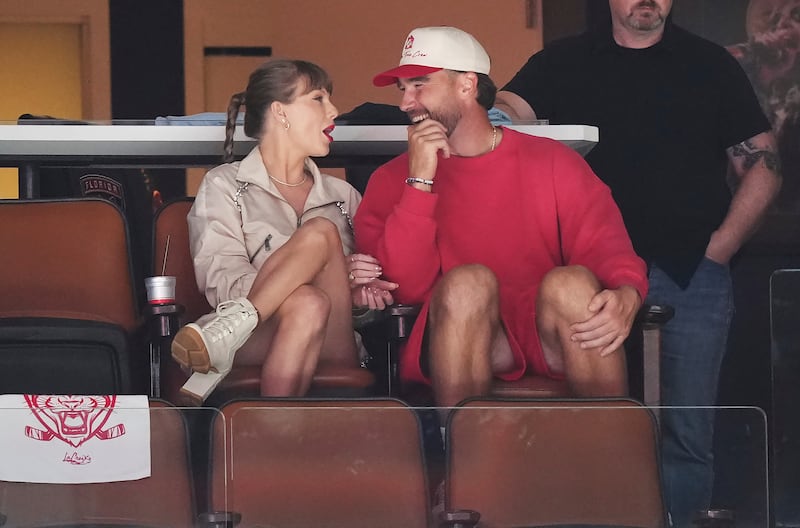Virtually everyone in North America — basketball fan or not — knows who LeBron James is. Most of them could point him out in a photo and tell you what team he plays for, and many could go into detail about his strengths and weaknesses.
Why isn’t that the case with Sidney Crosby?
Like James, Crosby has been the greatest player in his sport for the better part of two decades. He’s won three championships and each individual award at least twice, not to mention enough international gold medals to anchor a boat. But there are very few non-hockey fans who could pick him out of a lineup.
It’s because the NBA has been the king at marketing its stars. Maybe I’m off-base here, but it seems like lots of my basketball-loving friends care more about the players than the teams (I remember when Kevin Durant went to Golden State, a few of my friends stopped being OKC fans and followed him to the Warriors).
Many criticize the NHL for not marketing its stars the way the NBA does — but it’s trying to change that now.
How is the NHL marketing its young stars?
Social media campaigns
It should come as little surprise that as the NHL tries to reach teens and young adults, social media is at the forefront of the strategy.
Last week was “NHL Young Stars Week,” a digital campaign showcasing the best U23 players in the world — and the incredible skill that tends to come with players of that generation.
In addition to on-ice highlights, they also produced content that shows the players’ off-ice personalities — something that people have long criticized the NHL for not doing enough.
Events geared toward short-form content
A lot of the league’s recent marquee events have been geared toward short-form social media content in order to draw younger eyes.
The All-Star Game is a great example: Older hockey fans have hated the last few, but younger fans have eaten up the reels and TikToks that come from them. Same goes for the 2025 draft — it was almost unwatchable live, but it made for engaging social media content.
Those kinds of things are exciting for kids. I remember when Alex Ovechkin had his two-stick shootout performance at the 2009 All-Star Game. For years, my friends and I would re-create that move while playing street hockey or mini sticks.
I’m sure Don Cherry had a fit when he saw it, but 8-year-old me ate it up.
Along the same vein, the new NHL CBA will allow players to wear whatever they want to games, provided it’s “consistent with contemporary fashion norms.” The current CBA requires them to wear suits and ties unless the clubs specify otherwise, but the new one actually declares that teams can’t impose dress codes.
Many players will likely continue wearing what they always have, but it will open the door for personality and creativity, which can boost an individual’s public persona — as is the case for athletes in other sports.
Why does marketing athletes matter?
Remember in biology class when you learned about mutualistic relationships? It’s where two organisms of different species work together to accomplish separate but mutually beneficial tasks — like bees pollenating flowers.
That’s the relationship between the NHL and its players.
When a player is successfully marketed, he has the opportunity to take advantage of brand deals through his name, image and likeness, which earns him more money and ideally more reputability. It also draws more eyes — and revenue — to the league because people are more likely to buy merchandise and watch games when they are drawn to particular players.
There’s still a long ways to go before any NHL player is respected on the same level as top athletes from other sports, but these are steps in the right direction — steps that the league had been hesitant to make for a long time.


